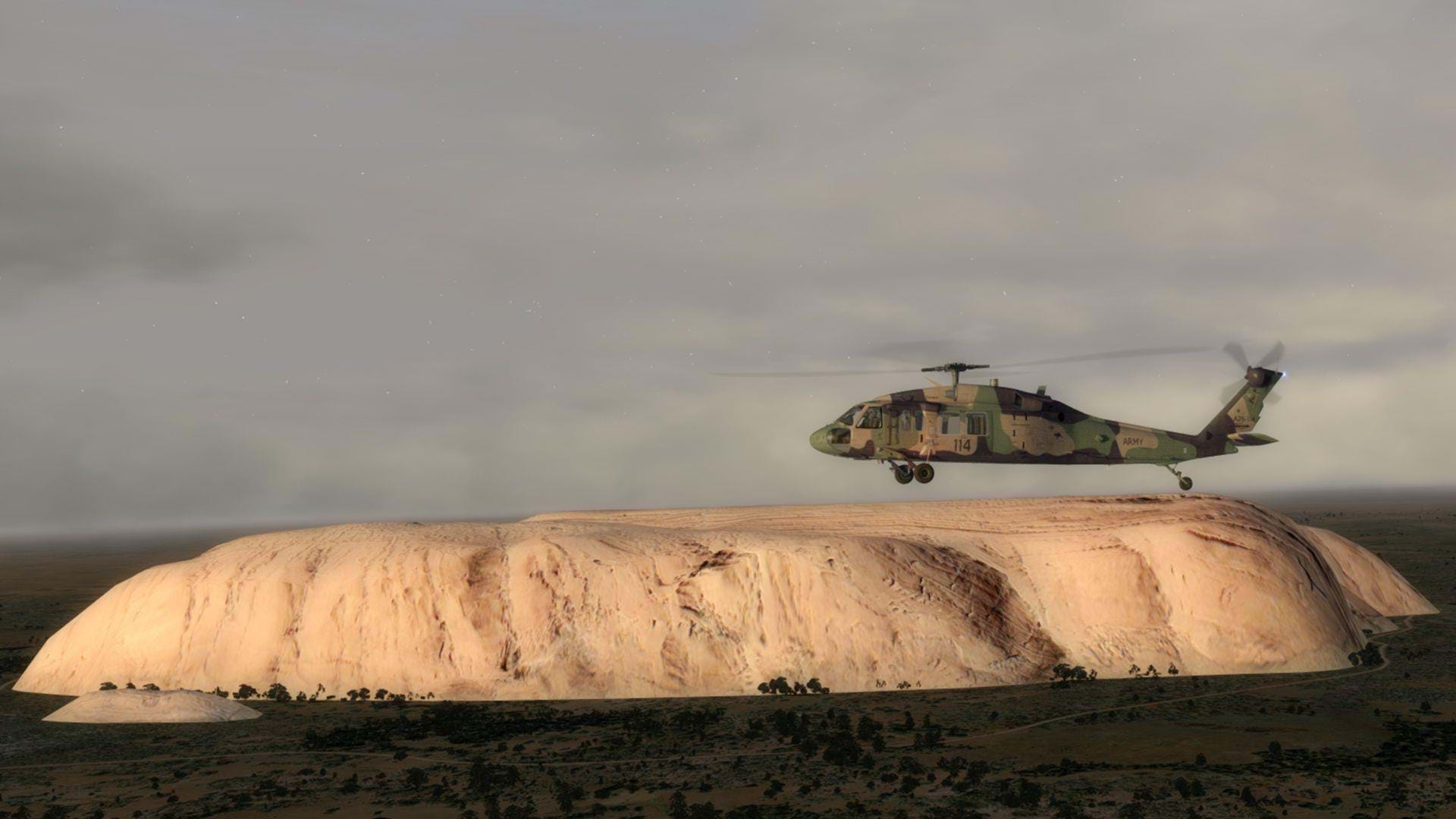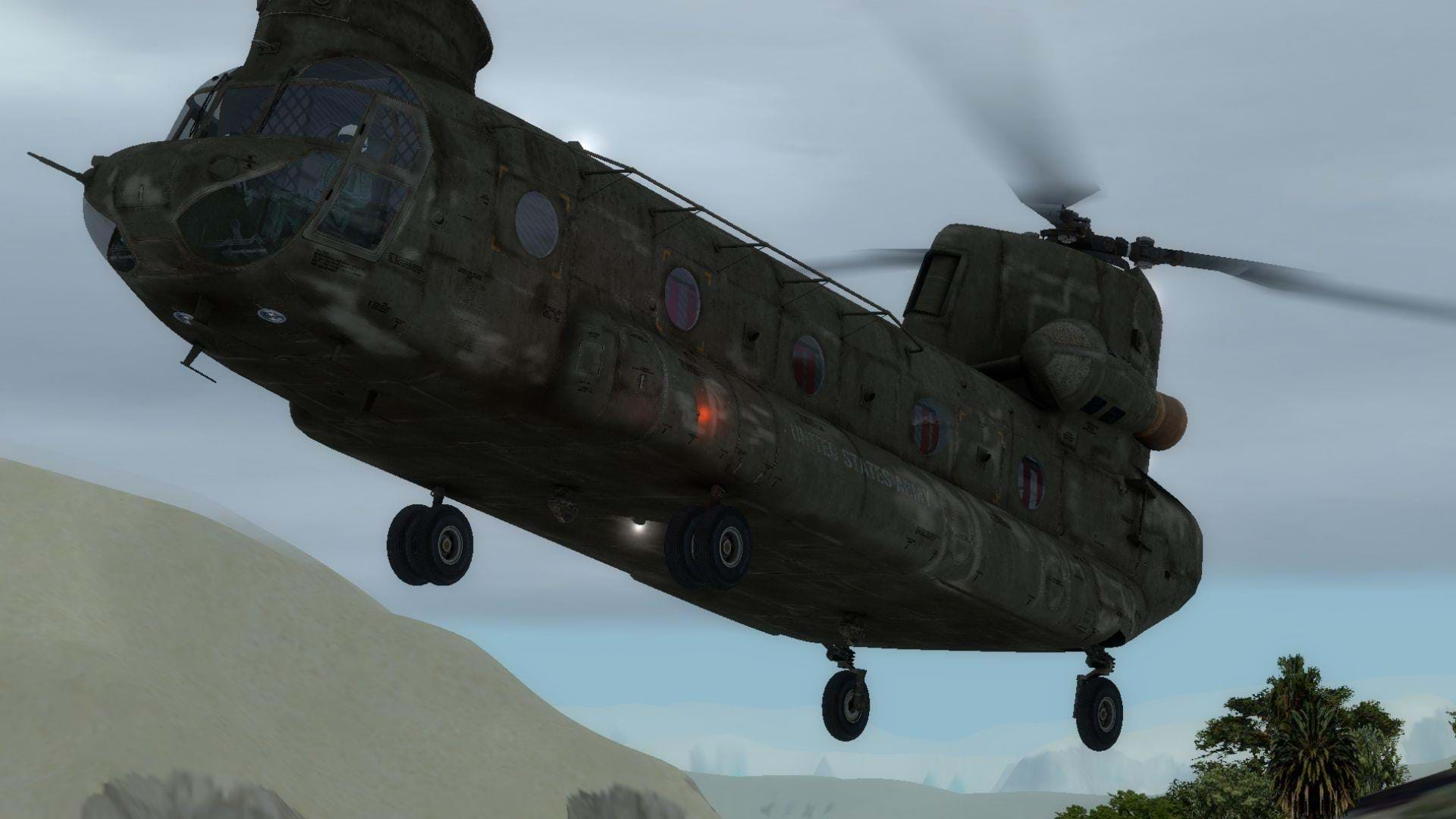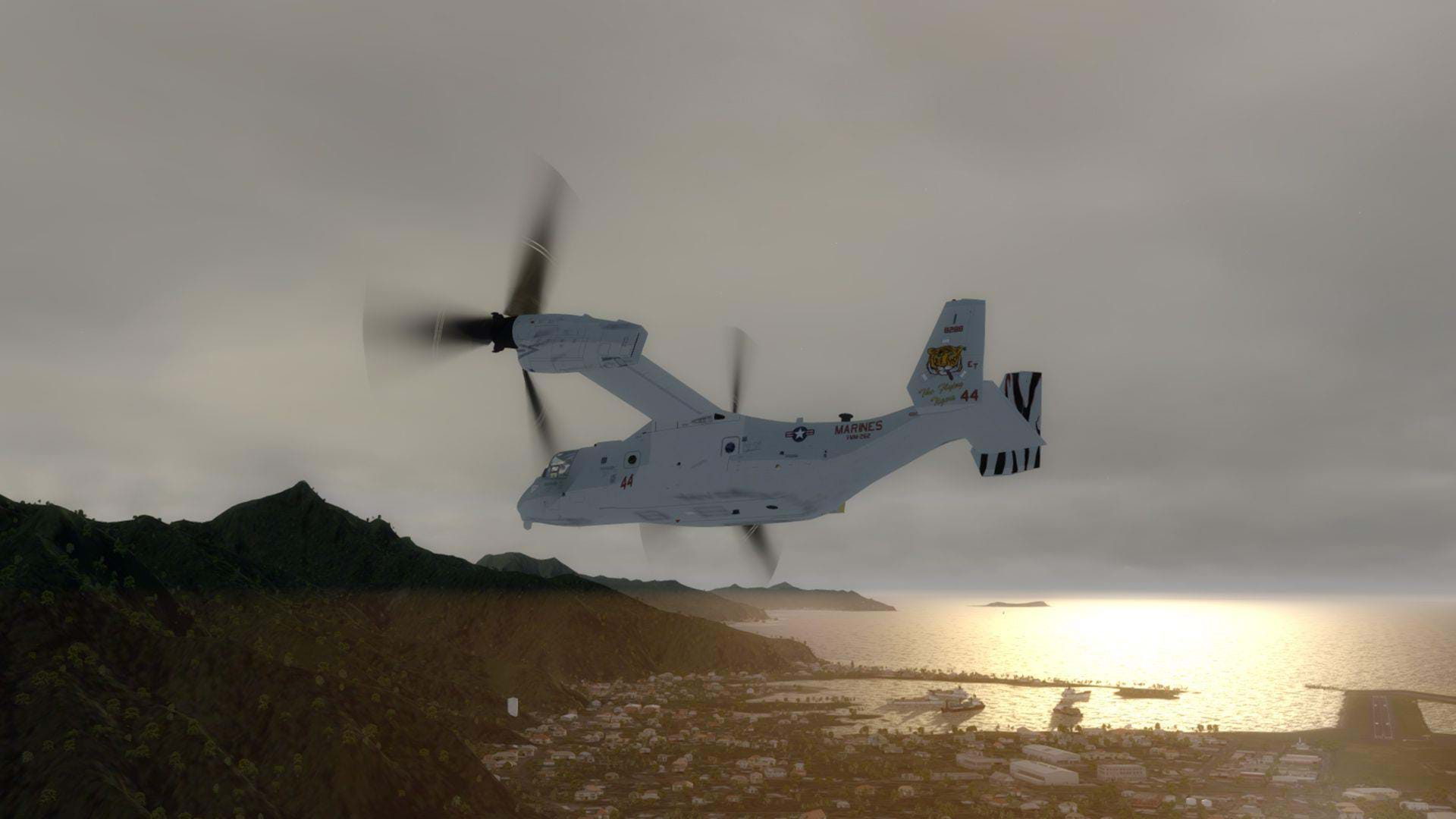Hello Adam, thank you for taking the time to answer to our questions. I’d like to start by getting to know you and your work a bit more. Could you tell us a bit about you and what is that you do for Lockheed Martin?
I am the Engineering Project Manager of Prepar3D. I am responsible for all aspects of the platform, including managing the cross-functional team and overseeing strategy, planning, design, execution and quality of Prepar3D.
I also lead multiple training and simulation efforts based on Prepar3D for the Training and Logistics Solutions (TLS) line of business within the Rotary and Mission Systems (RMS) business area, operating out of Orlando, Florida.
For how long have you been involved with Prepar3D?
I joined the Prepar3D team very early in the product’s history. I started as a software engineer on the team in early 2010 after the software rights were acquired from Microsoft.
What is it that you find more challenging about working on the P3D project?
The most challenging part of developing Prepar3D is ensuring our frequent releases are well-tested with the countless software and hardware combinations that are possible. Prepar3D is a commercial open development platform, so the ways users configure their setups is endless.
It is quite a large undertaking to ensure stability with all software add-ons, controllers, graphics cards, sound cards and hardware. Still, it also a point of pride to release such a powerful and flexible platform where we can support so many configurations seamlessly.
Prepar3D came out from Microsoft’s ESP platform and is, obviously, aimed at the professional/student market. How important has P3D been for Lockheed Martin (LM) since you started working on it? Do you see it as a priority product or something more marginal on the company’s strategy?
I can say unequivocally Prepar3D is a very strong focus for Lockheed Martin. The core team is about to approach a decade of continuous development. With the release of Prepar3D v4, the adoption of the platform internally and externally has exploded.
The affordably and flexibility of the platform is a big discriminator on everything from high-end training devices to low-level experimentations. Additionally, LM uses Prepar3D on many of its training programs as a base technology. There is vested interest from many different LM business units to continue to grow the capabilities of Prepar3D, which greatly benefits all users.
With the release of 4.2, you have now released 3 helicopters: the MH-60R/S and the CH-53. This is a welcome addition and a clear step towards providing other options for military helicopter training.
Lockheed also acquired Sikorsky back in 2015 which put the company in the center of the helicopter market and development.
Nevertheless, the flight model in Prepar3D is still the same and, let’s face it, it’s not a great one for rotary-winged aircraft. Do you think it made sense to release more helicopters when the simulator is still not delivering realistic flight dynamics?
What’s the plan regarding helicopters? What is LM planning to do regarding this particular type of aircraft?
The acquisition of Sikorsky is something that is very exciting for Prepar3D and it is going to be a catalyst for us to further improve our rotary capabilities. You can see the first hints of that with the MH-60R/S and the CH-53E. We also added new capabilities like rotary artificial intelligence (AI) and helicopter autopilot in v4.2. Regarding the rotary flight models, it is a focus and you will see improvements over the next few years.
There is a fine balance to strike for rotary models. Each helicopter baseline simulation often varies more than fixed wing does. Lockheed Martin teams developing rotary training devices often use the open Prepar3D Development Kit (PDK) SimObject API to develop and integrate actual rotary simulations to ensure realism for specific customers.
We are also excited to see ecosystem developers do the same thing and create ISimObject helicopters for public use. More to come on this, but there are many opportunities we are exploring.
Any chance we might also see some well-developed (and realistic) tilt-rotors as well? Especially with the V-22 in service and the V-280 being developed, it would make sense to market a tool that could be used as a sim for these types and their operations.
Tilt-rotor training using Prepar3D is possible. Rather than focusing specifically on the Boeing V-22 or Bell V-280, the core Prepar3D team is focused on exposing capabilities through our Application Programming Interface (APIs) to allow developers to create their own tilt-rotor simulations through the Prepar3D Software Development Kit (SDK) and SimObject API.
We look forward to third party developers creating add-ons to support these types of vehicles.
For some time, the community has been looking for ways to make helicopters more realistic. One of the solutions is to delegate all (or most of) the physics calculations to an outside application. We’ve seen that in FSX with the Dodosim 206 and, at a later stage, Fred Naar – a community member – came out with a wonderful piece of software called HTR (Helicopter Total Realism) which allows to have a better and more realistic helicopter behavior.
I have seen it being used on some training scenarios (for firefighting training, for example) with good results.
Are you and/or LM aware of these tools? What is your stance towards this solution?
The Prepar3D team is always encouraged to see people creating improvements to the platform. Our goal is for Prepar3D to continue to be flexible enough to allow add-ons like HTR to add new capabilities and enhancements.
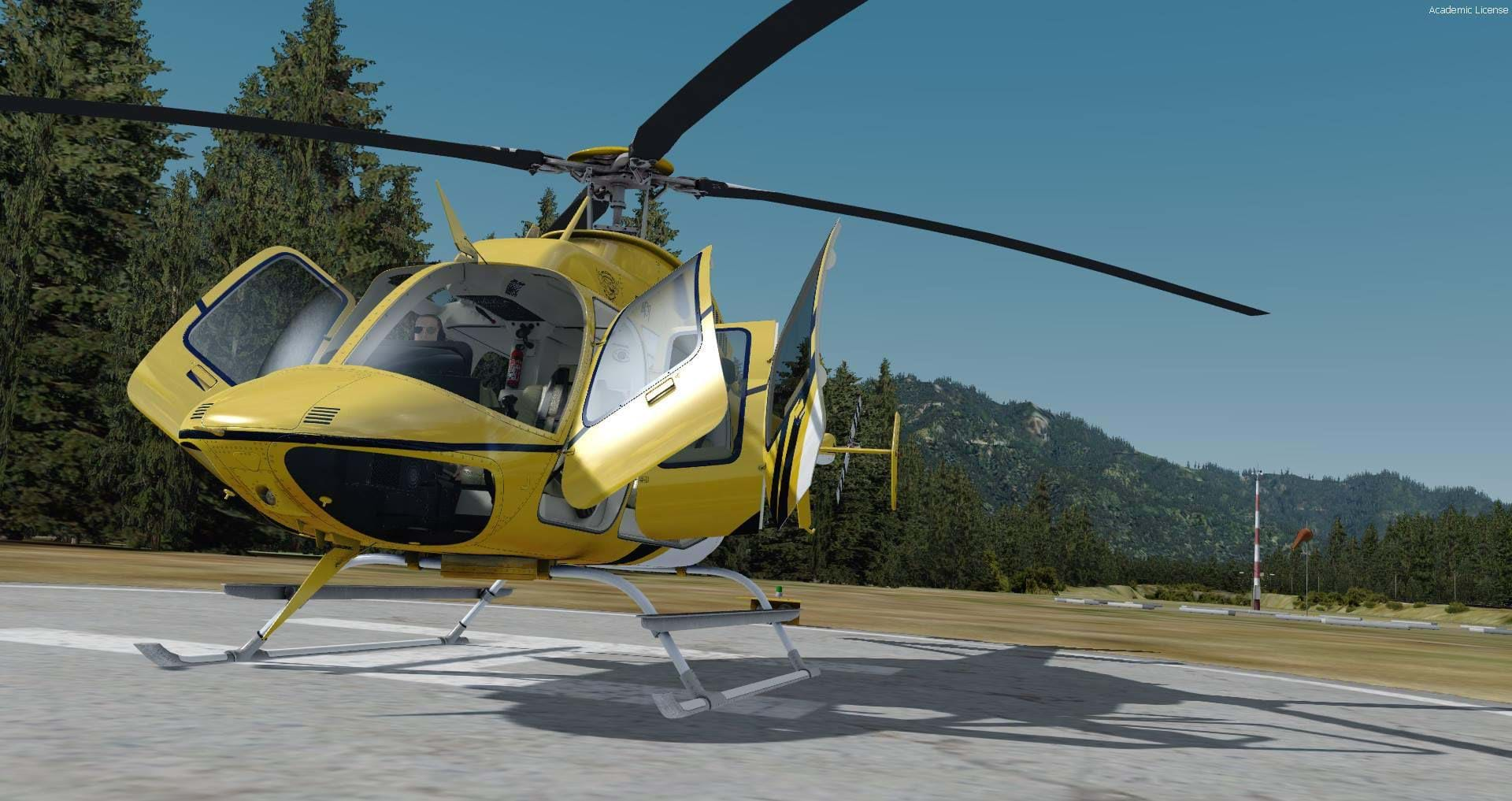 Milviz Bell 407 for P3D - Screenshot by Chris Goodyer
Milviz Bell 407 for P3D - Screenshot by Chris Goodyer
You attended Flight Sim Con last year, you're engaging with the community via Reddit and partaking in interviews (like this). Is this part of a longer-term plan to engage more with the community who are moving on from other platforms? *
Absolutely. I greatly recognize that without the flight simulation community and the Prepar3D ecosystem we would not have a strong platform. For example, in June we will be bringing some of our team to FSExpo in Las Vegas to talk with our user community and developers. Our users and developers greatly influence our platform and help us choose what we develop.
We plan to continue to engage and be as transparent as possible to solidify and grow our user base.
How would you describe your relationships with developers and publishers lately? There are a lot of developers who are very vocal at how much you're listening to their needs for improving the sim. *
We have strong relationships with our developers and publishers. Prepar3D v4’s 64-bit architecture is something developers have requested for years. The v4 release now enables developers to create content that was never possible before, so there is a lot of excitement about new capabilities that can be achieved with the platform.
Additionally, the team dedicates time to reach out and support developers to ensure their products are as performant and stable as possible. We recognize that the success of Prepar3D is directly correlated to the success of the ecosystem.
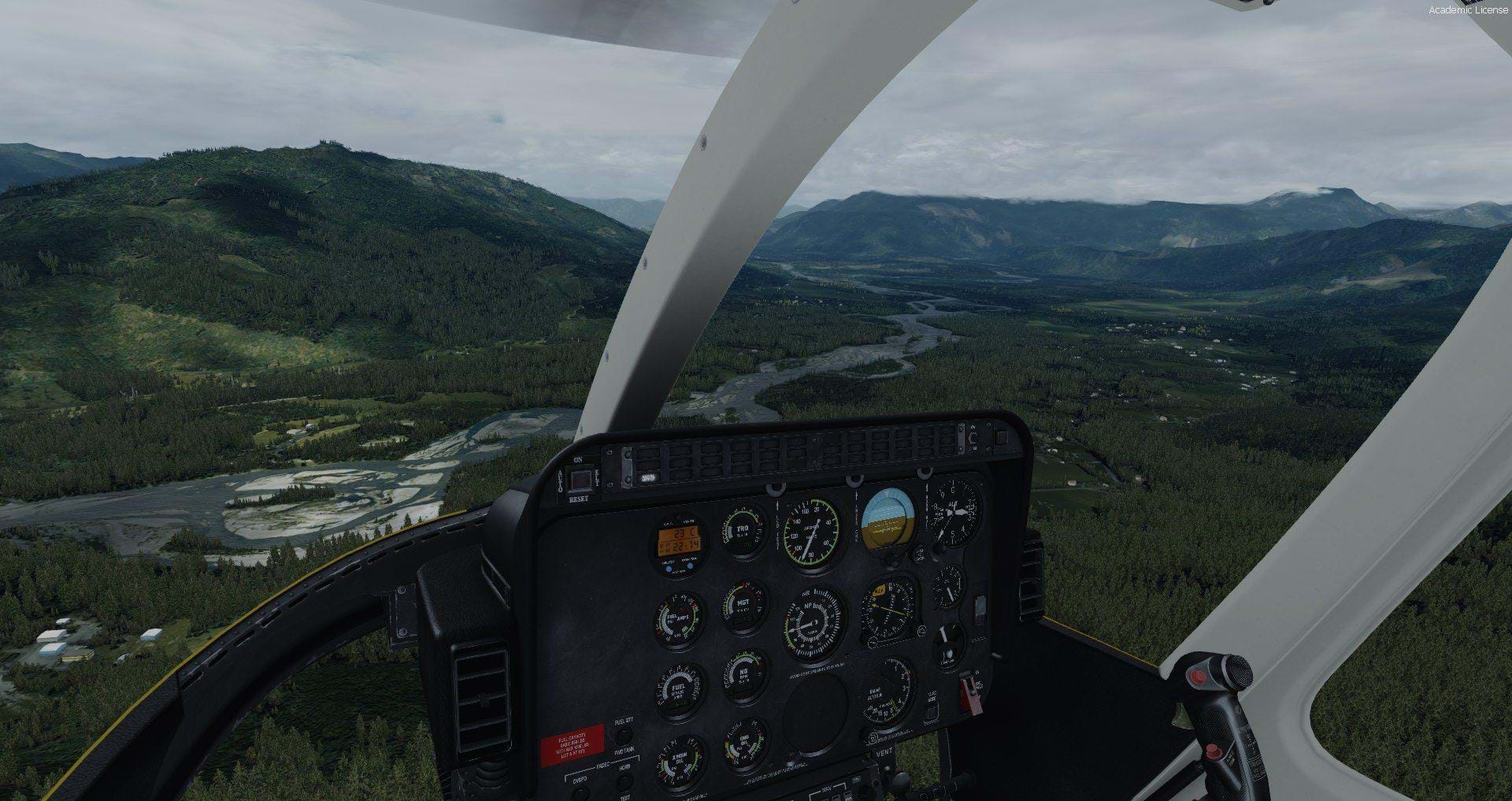 Milviz Bell 407 for P3D - Screenshot by Chris Goodyer
Milviz Bell 407 for P3D - Screenshot by Chris Goodyer
One of the latest updates brought native VR which, clearly, demonstrates the importance you are giving to this technology. Where do you see virtual reality going for flight simulation and crew training? *
Virtual Reality (VR) is a major focus for Prepar3D. Flight simulation is one of the best use cases for VR, and we are encouraged by how far the industry has come in just a few years. It is important to recognize that many of the capabilities needed to ensure success in VR: performance, rendering resolutions, realism, etc. will also improve traditional flight simulation hardware setups.
With VR moving forward, it is clear we will continue to see the hardware improve and Prepar3D will be positioned to support those improvements as they are released.
One of the complaints with P3D has to do with its legacy engine and the inherent limitations. Do you think we will ever see a new engine for the sim, that could remove these limitations and become a better training tool? *
The Lockheed Martin team works very hard to continue the legacy of the platform, while pushing technology forward for future generations. The best option for us and for our users is to continue to improve on the platform and deprecate features that would prevent growth.
I believe how well we have maintained backwards compatibility has been one of the strongest selling points of the platform. As proven with the 64-bit update, we should be able to continue to make fundamental changes to the baseline without starting over. This will allow us to continue to offer the most powerful and affordable professional simulation platform possible.
What areas of P3D would you personally like to see improved?
I am a big fan of virtually reality and believe there is a huge training value to the technology. I am excited to see how the VR technology grows. A big focus of mine is immersive training experiences. So, I’d have to say my current improvement goals for the platform revolve around making Prepar3D support seamless virtual training environments.
Are there any plans to one day work alongside some of the more established scenery developers? For example, Orbx? *
We often work alongside established scenery developers, including Orbx. We are very impressed with scenery the third-party developers create and leveraging some of the content in the future is always a possibility.
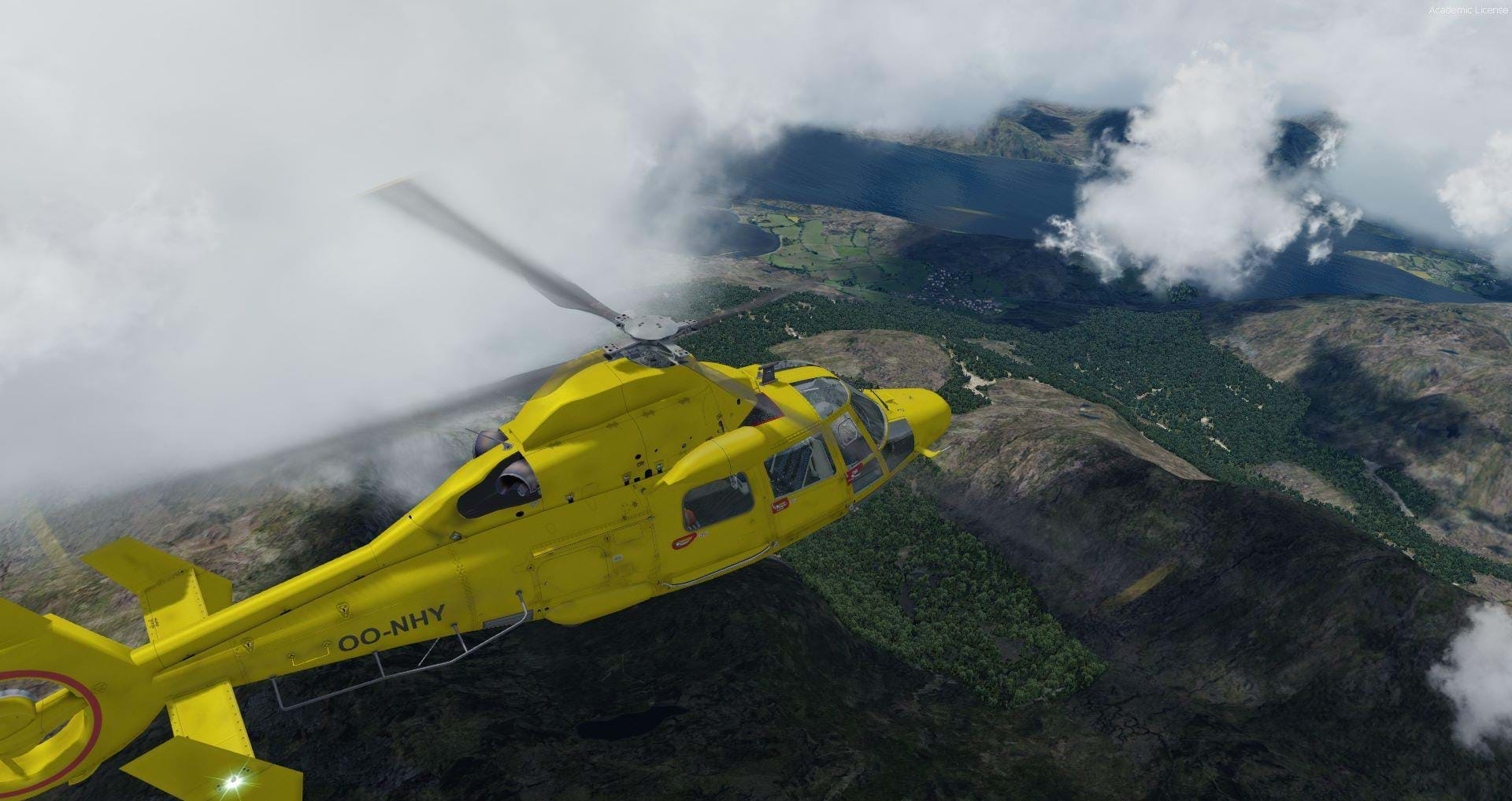 Cera Sim AS365 for P3D - Screenshot by Chris Goodyer
Cera Sim AS365 for P3D - Screenshot by Chris Goodyer
How do you see the future of P3D? Do you think there will be a bigger push from LM to improve it and make it up to pair with other training tools and simulators out there?
Prepar3D is a simulation platform and being very familiar with many other training tools and simulators, Prepar3D is extremely competitive from a price and feature standpoint. Prepar3D can be purchased with any major credit card directly from Prepar3D.com and a user can be up and running nearly instantly.
From a technology standpoint, Prepar3D is a complete simulation package and supports many capabilities that are unparalleled in the commercial or defense industry. The future is extremely bright as we continue to add new features and improve on legacy ones. I have no doubt LM will continue to support and grow the platform in exciting ways.
Adam, I would like to end this interview by thanking you again for your time. I think it’s very important for the helicopter community and companies out there to be in touch with companies that have the utmost importance in the market but are, usually, very hard to get a hold with. I hope this interview will help dissipate any questions and demonstrate Lockheed’s commitment with the industry – especially the helicopter community. Any last words?
Thank you. It’s always a pleasure to engage with the community and the Lockheed Martin team appreciates your support. We’re excited to tackle the challenging and complex problems the future holds as we continue advancing the simulation platform.
The acquisition of Sikorsky is something that is a huge catalyst for us and we look forward to including new rotary capabilities in future releases.
The helicopter community has a lot to look forward to - stay tuned!

